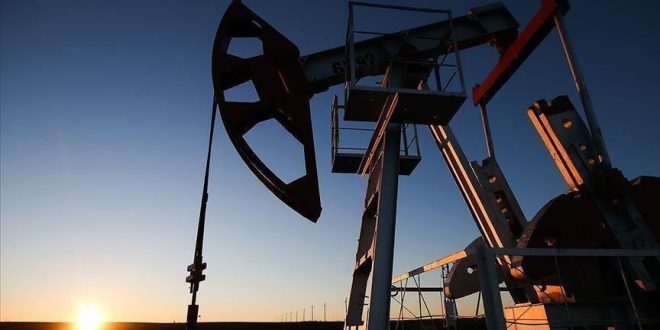America’s production of fossil fuels is expected to hit a record high in 2023, as continued improvements in drilling efficiency in oil and gas and high enough oil prices will support increased output of all fossil fuels, including coal, the U.S. Energy Information Administration (EIA) said on Friday.
The combined production of fossil fuels—natural gas, crude oil, and coal—rose in 2021 by 2 percent to 77.14 quadrillion British thermal units, following a decline in 2020, when the pandemic hit. The administration expects U.S. fossil fuel production to continue rising both this year and next, exceeding 2019 production levels and reaching a new record in 2023.
Last year, dry natural gas accounted for the largest share, 46 percent, of the total U.S. fossil fuel production. Crude oil accounted for 30 percent, coal for 15 percent, and natural gas plant liquids (NGPLs) for 9 percent. Those shares to remain similar through 2023, the EIA said.
Dry natural gas production rose by 2 percent last year in 2021, the administration estimates, and predicts that improvements in drilling efficiency and new-well production will contribute to production increases of 3 percent in 2022 and 2 percent in 2023.
Coal production last year is estimated to have jumped by 7 percent due to higher demand for electricity generation on the back of rising natural gas prices. This year, coal production is set to rise by 6 percent as coal-fired electricity generators rebuild inventory levels. In 2023, coal production will rise by only 1 percent as demand for coal in the electric power sector declines, the EIA said.
U.S. crude oil production, which fell by 1 percent in 2021, is set for a 6-percent increase in 2022 and another 5 percent rise in 2023.
“We forecast that, in 2022 and 2023, crude oil prices will remain high enough to encourage growth in the number of active drilling rigs and continued improvement in drilling efficiency,” the EIA said.
U.S. crude oil production is set to exceed pre-pandemic levels and reach a new annual average high, driven by a jump in shale output as higher prices incentivize producers to drill more wells to offset decline rates, the EIA said in its January Short-Term Energy Outlook (STEO). America’s crude oil production is set to average 12.4 million barrels per day (bpd) next year.

 Iran Energy News Oil, Gas, Petrochemical and Energy Field Specialized Channel
Iran Energy News Oil, Gas, Petrochemical and Energy Field Specialized Channel



